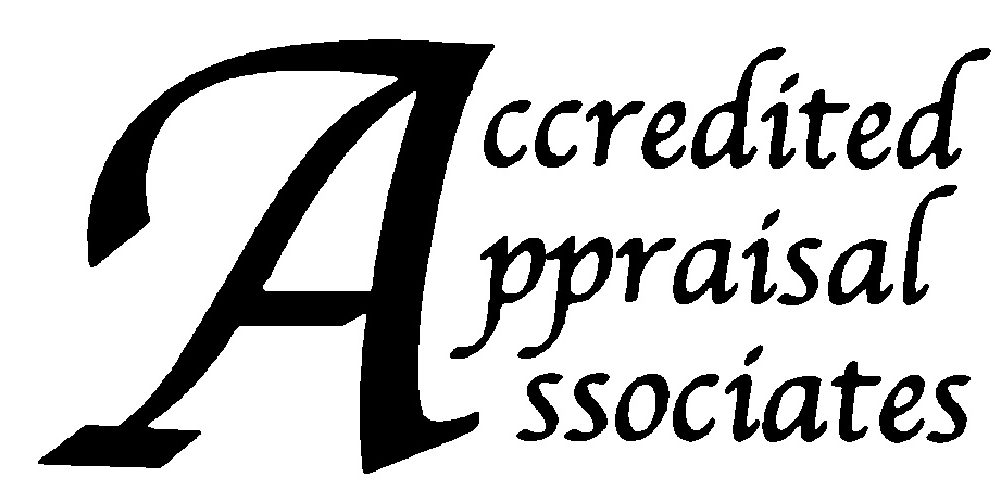Requirements
USPAP requires appraisers to collect, verify and analyze all information needed to reach assignment results that are credible. (USPAP Standard 7-4) Tools used by appraisers to comply with that requirement include several different approaches to value, one or more of which may be pertinent in appraising any particular property. It is the appraiser’s responsibility to consider and understand the implications of each of the three approaches as they pertain to the property in question. Additionally, as stated in its instruction to personal property appraisers (by way of the ASA Personal Property Committee Checklist for appraisal reports), personal property appraisers should define all three approaches to value in their reports and explain why each approach was/was not developed. This requirement pertains particularly to appraisers seeking advancement in the Society, but its application within any personal property appraisal report ensures a thorough application of the requirements of USPAP and to a more thorough understanding of the processes used by the appraiser to the end user of the appraisal report. In Standard Rule 8-2 (viii) USPAP requires appraisers to include in their reports the reason for the exclusion of any of the three approaches to value and to summarize the information, appraisal methods and techniques that are employed to support the appraiser’s analyses, opinions and conclusions.
Definitions of Approaches to Value (paraphrased)
The Sales Comparison Approach to Value
A procedure that includes data collection and analyses to conclude an opinion of value for a property by comparing it with similar properties that have been sold or are for sale in the relevant marketplace by making adjustments to prices based on marketplace conditions and the properties’ characteristics of value.
The Cost Approach to Value
A procedure that includes data collection and analyses to estimate the current costs to purchase new, reproduce or create a property with another of comparable use and marketability. For depreciating items (not generally including fine art or antique decorative art), the cost approach also considers the difference between new cost and present worth of the property (accrued depreciation).
The Income Approach to Value
A procedure that includes data collection and analyses to conclude an opinion of present value by analyzing and calculating the anticipated monetary benefits (such as a current or projected stream of income) for an income-producing property.
